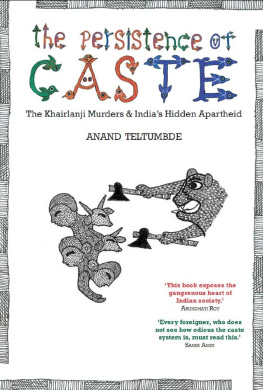WHERE INDIA GOES
Abandoned Toilets, Stunted Development and
the Costs of Caste
Diane Coffey and Dean Spears

For Palak,
and for all the children who will be born in India
before the end of open defecation,
whenever that may be
Contents
It is hard to think of anything more important than how we treat our children. In recent years, we have come to understand that what happens to children ricochets through their lives, and that many of societys ills could be addressed if we were to take more care of the youngest among us. Nowhere is this more true than in India. As recently as five years ago, Prime Minister Manmohan Singh reiterated his earlier statements that the problem of malnutrition is a matter of national shame. More than a third of the children in India in 2015-16 were abnormally skinny and abnormally short. Not surprisingly, Indian adults are among the shortest in the world, and although things are improving for both children and adults, change is glacially slow. According to one calculation, at the current rate of progress, it will take 250 years for Indian women to catch up with British women, even if the latter get no taller than they are today. All of this is in spite of the fact that per capita incomes in India have been growing much faster than in the past, making the Indian economy one of the worlds star performers.
This is an intellectual puzzle for economics and for global health, but for Indians themselves, it is an ongoing catastrophe. Millions of children alive now, and millions still to be born, will live lives that are less good and less productive than they should be; and in too many cases, some will die. It is one of the great achievements of this book that it works on so many levels, untangling the intellectual puzzles with the verve of a good mystery, telling us the stories of the people who are suffering, how they live their lives, why they think and behave as they do and what sort of interventions might help or hurt them. It brings national and local data to bear, so that we know how to generalize from the stories. It is at once intellectually rigorous and deeply humane. It is worthy of the trust and cooperation of the authors many friends and collaborators in India, as well as the women and children who let them into their lives.
The book focuses on an understudied aspect of Indian life, the widespread custom of open defecation. It has long been known that open defecation is a bad thing, yet more attention has often gone to other matters, like vaccination and the provision of safe water. In public health, the great historical achievement was to break the faecaloral link, the contamination of drinking water by human waste. John Snows work on cholera in London is the most famous of many examples in Europe and the United States. Providing safe water in difficult conditions is a good deal easier and cheaper than the construction of safe sanitation systems, and great progress has been made on water in India and around the world.
But, as this book shows, open defecation is still a serious problem, especially where population densities are high, and people are walking in, and children playing in, their neighbours faeces. This is a classic externality problem which economists and development professionals understand well enough but it turns out that the obvious solution the provision of latrines doesnt work in India. Beliefs about purity, cleanliness, caste and untouchability generate a steel fence that prevents change in traditional ways of disposing of human faeces.
I shall refrain from further spoilers. The book is a joy to read and not the least of its pleasures is spending time with the sharply and affectionately drawn people that we meet along the way.
The book also carries important lessons about how to study development, and how to turn commitment and educated intelligence into the sort of research that has a real chance of changing lives for the better. It is always hard to work in a country that is not your own. There are ethical problems in telling people what to do, especially when resources are unequal, as is often the case between agencies and those whom they wish to help. Those problems are especially troubling when the researchers know little about their subjects, assume that their training or experience elsewhere equips them to give advice, or believe that all development problems are amenable to modern technocratic fixes.
Coffey and Spears took a very different tack. They set up an institute in India with help from collaborators and friends and immersed themselves in the lives of the men and women who live in an impoverished part of Uttar Pradesh. It is clear that without their communication and understanding, and without being able to talk to the people they were working with, this book could not have been written. Of course, the policy conclusions that are so beloved of the development industry would perhaps have been much sharper than the honest puzzlement (a problem that we do not know how to solve) and recommendations for further research that this book delivers. But such conclusions would likely have been wrong. Real understanding is the only hope for science to speed a better future.
Princeton, March 2017
Unlike most babies born in villages in Sitapur, Ramilas daughter had a name from the time she was born. Naina. Like most babies in Sitapur, a district in Uttar Pradesh, Naina was born small: only about 2.5 kilograms. She became sick with diarrhoea when she was about one month old.
Ramila took Naina to many doctors. They gave her medicine each time, which Ramila put into her daughters mouth with a dropper. One evening, Naina was so sick that Ramila rushed her to town even though she had no one to accompany her. The doctor told her that nothing more could be done for the baby. Diarrhoea had won. Alone and exhausted, Ramila returned home at eleven thirty at night. She had walked nearly 6 kilometres to her village from Subedarganj, a small settlement on the outskirts of town where the cycle rickshaw driver had dropped her off.
A couple of days later, Naina was still alive, but she was still very sick. Someone from her village suggested to Ramila that she take the baby to the rickshaw-wale doctor like many of the others, not actually a trained health professional in Samaypur, a town about 35 kilometres away from the village. Ramilas sister-in-law lives in Samaypur, so knowing they would have a place to stay, she decided to give it a try. When she got down from the bus in Samaypur, Ramila asked around until she found the rickshaw-wale doctor.
The doctor told Ramila to stop giving the baby any sort of milk: no cow milk, no buffalo milk, no breast milk. He sold her some oral rehydration powder and another medicine, which Ramila thought made the baby sleepy.
Next, Ramila went to her sister-in-laws house, where they welcomed her by buying a Pepsi. One of her relatives wanted to give Naina some Pepsi. Ramila protested, saying, Please dont, it will bother her stomach. But her relative did not listen; he put a couple of drops of Pepsi on Nainas tongue and she seemed to like it.
Later, as Ramila was nodding off to sleep, Naina started to cry a little. It made Ramila sad to hear Naina crying; she did not want her baby to be hungry. So, against the doctors orders, she nursed Naina for a short while. They both fell asleep. In the morning, when Ramila woke up, Naina opened her eyes briefly, then closed them again. Ramila patted Naina for a few moments until she was sure she was asleep.
Then Ramila and her niece went to defecate in the open.
When they came back, Ramilas sister-in-law was holding the baby in her lap. As Ramila washed her hands, her sister-in-law asked whether Ramila had given the baby any milk. At first Ramila lied and said no, but seeing the concern on her sister-in-laws face, Ramila admitted that she had. Her sister-in-laws eyes began to tear up.
Next page

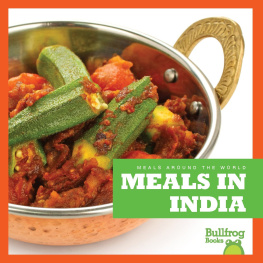
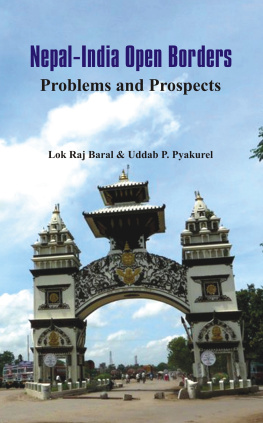
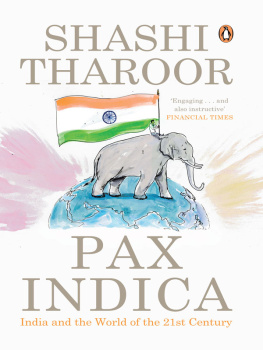
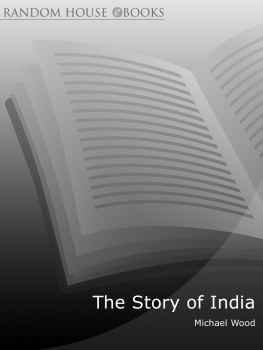
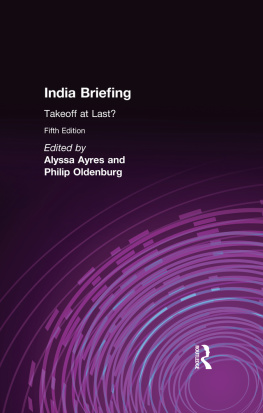
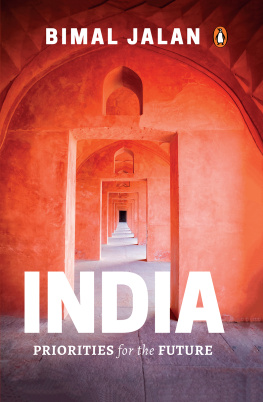

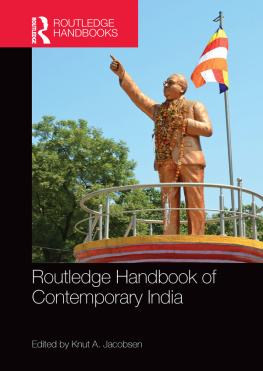
![Gandhi - Gandhi: [the true man behind modern India]](/uploads/posts/book/175484/thumbs/gandhi-gandhi-the-true-man-behind-modern-india.jpg)
